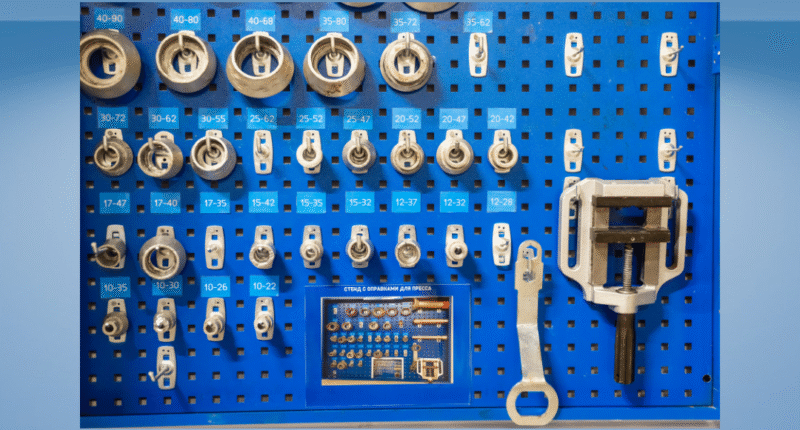The 5S methodology — Sort, Set in Order, Shine, Standardize, and Sustain — is a proven Lean system for improving workplace organization, efficiency, and safety. But even with the best intentions, many organizations fail to get consistent results from their 5S audits because of common mistakes that undermine the process.
Avoiding these pitfalls is key to sustaining long-term operational excellence. Let’s look at the five most common 5S audit mistakes and how to prevent them, with real-life examples.
1. Treating 5S Audits as a Formality
One of the biggest mistakes companies make is conducting 5S audits just to “tick the box.” When audits become routine paperwork instead of a genuine improvement exercise, employees lose motivation, and problems remain unresolved.
Example:
A manufacturing plant held monthly 5S audits but never discussed the results with the team. Over time, workstations became cluttered again because employees saw no action or feedback.
How to avoid it:
Make audits meaningful — review findings with the team, celebrate successes, and act on issues immediately. Audits should be a tool for learning and progress, not just compliance.
2. Lack of Clear and Consistent Audit Criteria
If audit standards are vague or inconsistent, results will vary widely between departments and auditors. This makes it hard to measure real improvement or maintain fairness.
Example:
A warehouse used different 5S checklists for each shift supervisor. One rated “cleanliness” leniently, while another was strict. The inconsistent scoring caused confusion and resentment among teams.
How to avoid it:
Develop a standardized 5S audit checklist with clear definitions for each rating level. Train auditors together to ensure consistency and objectivity.
3. Ignoring Employee Involvement
A 5S audit should be a team-driven activity. When employees are excluded, they see it as management’s responsibility instead of everyone’s shared goal.
Example:
In a food packaging company, audits were only done by supervisors. Employees felt no ownership, and compliance dropped after each audit. After involving operators in audits, 5S scores improved by 25% within two months.
How to avoid it:
Encourage employees to participate in audits and self-assess their areas. This builds accountability and keeps 5S alive daily.
4. Failing to Follow Up on Audit Findings
Audits lose value when findings are recorded but not acted upon. Without follow-up, recurring issues go unresolved, and 5S efforts stagnate.
Example:
An electronics assembly line repeatedly failed the “Set in Order” section due to poor labeling. The issue persisted for months until management assigned a team to redesign storage layouts and update labels. Afterward, tool retrieval time improved by 30%.
How to avoid it:
Create an action plan after every audit. Assign responsibilities, set deadlines, and review progress during the next audit cycle.
5. Neglecting the “Sustain” Step
Many organizations perform well in the early stages of 5S but fail to maintain it over time. Without regular monitoring, the workplace slowly reverts to old habits.
Example:
A printing company achieved impressive 5S results during implementation, but after six months, desks became cluttered again. By reintroducing monthly 5S audits and team competitions, they successfully rebuilt the culture of discipline.
How to avoid it:
The “Sustain” phase is about building habits. Keep 5S visible through training, visual boards, and recognition programs to maintain long-term success.
Conclusion
Effective 5S audits are about continuous improvement, not inspection. Avoiding these five common mistakes — treating audits as a formality, lacking standards, excluding employees, skipping follow-ups, and neglecting sustainability — ensures your 5S system stays strong and effective.
With consistent effort, clear communication, and employee involvement, 5S audits can transform workplace organization into a lasting culture of excellence.









